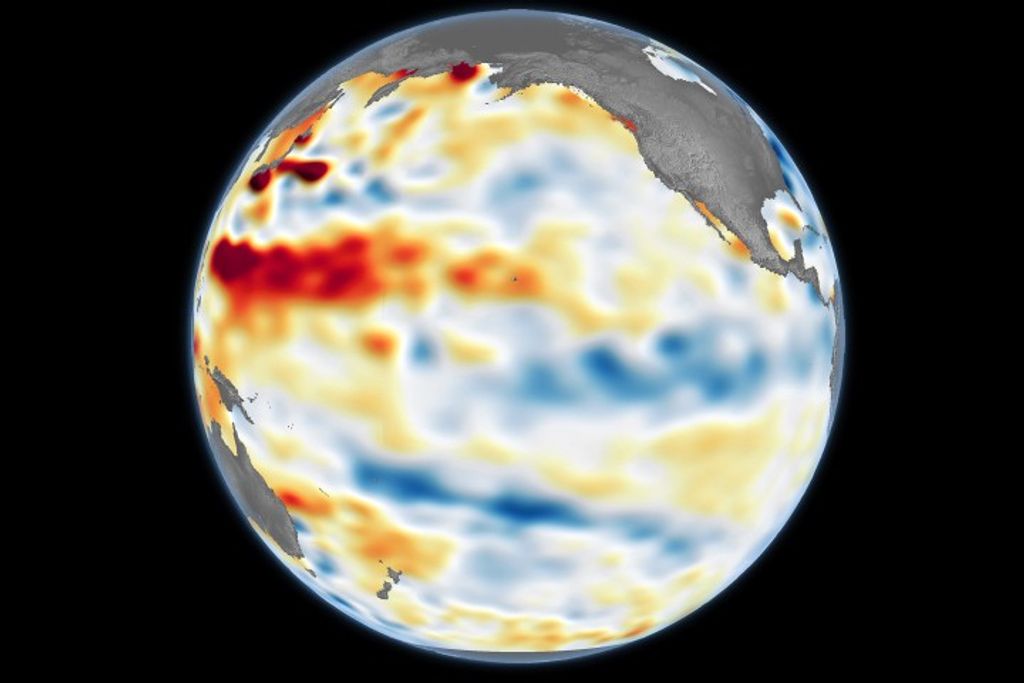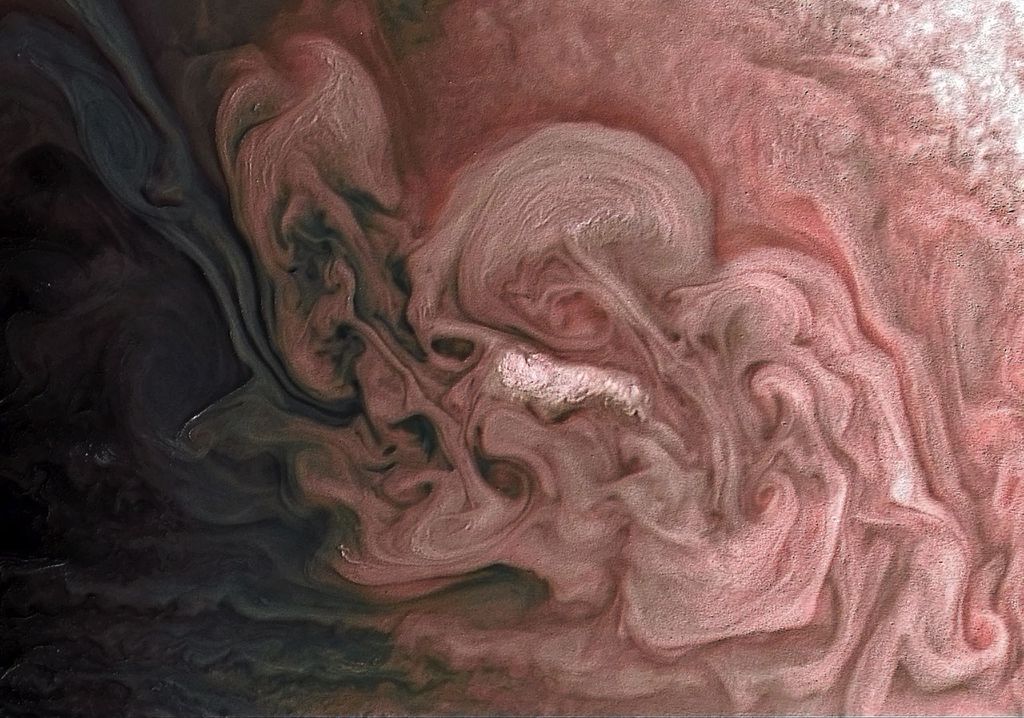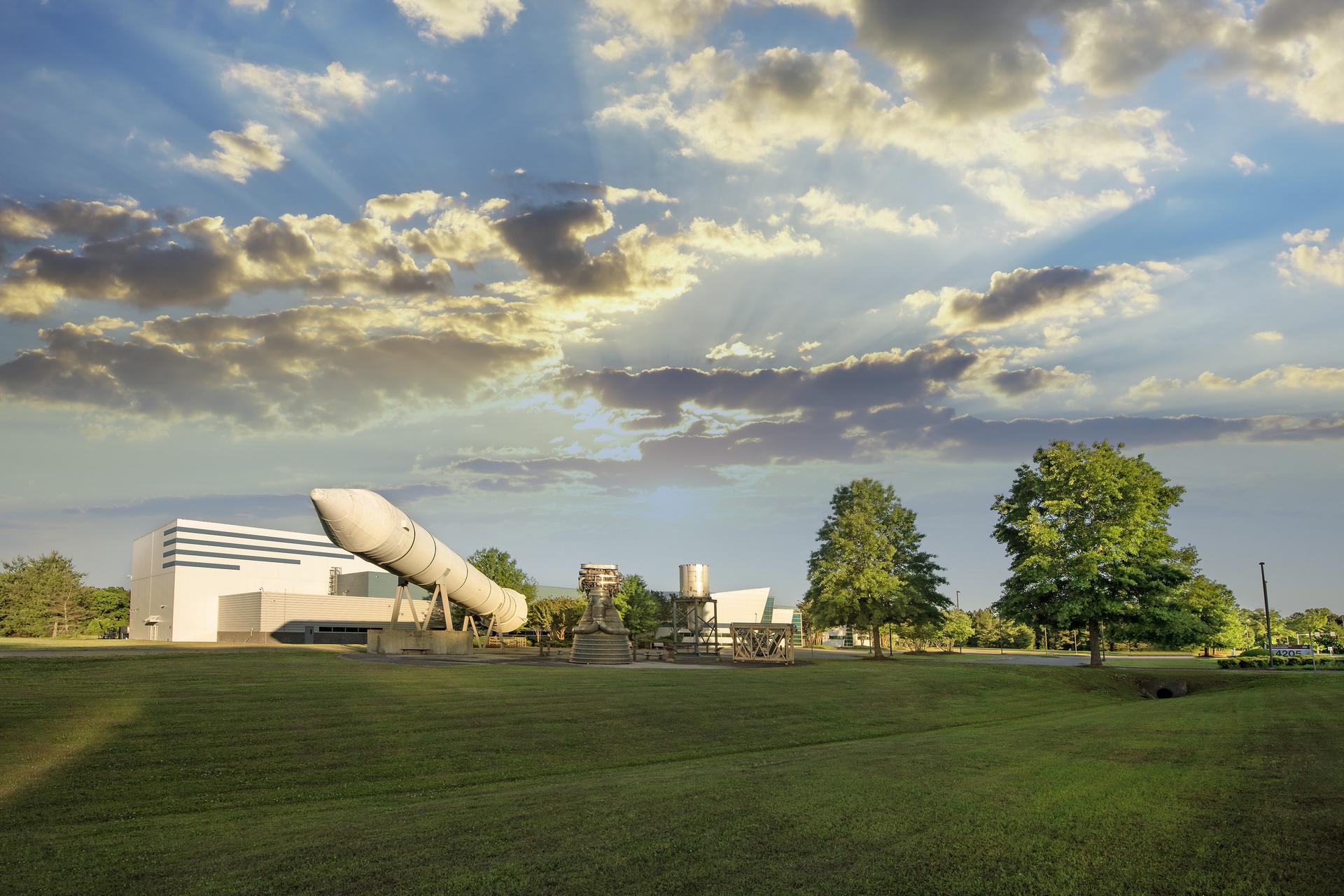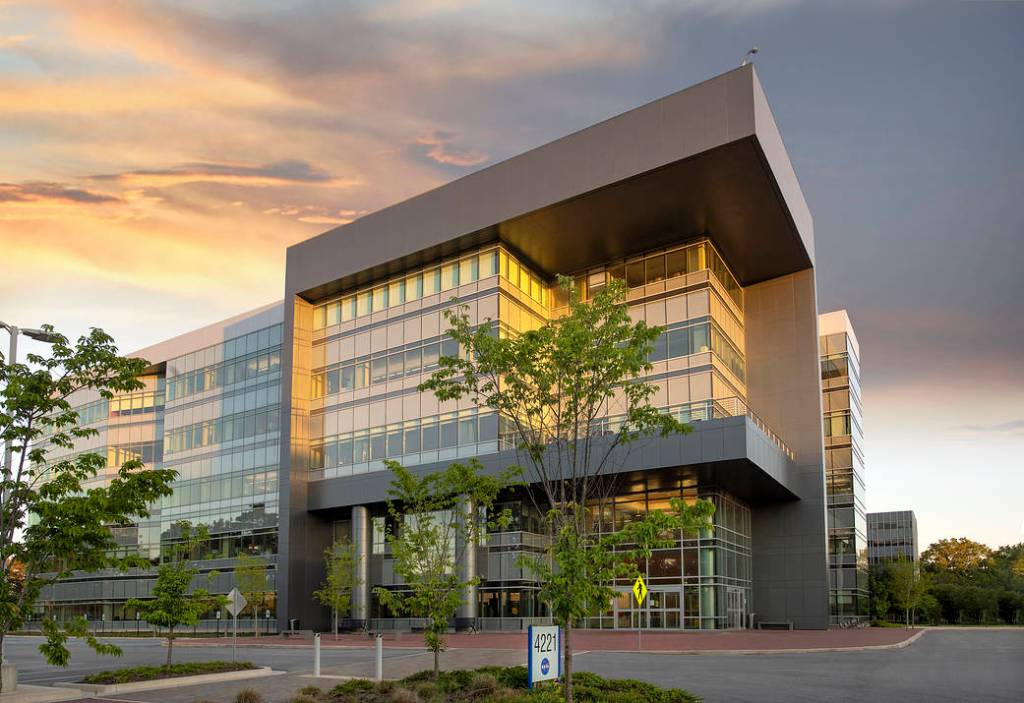Environmental Control and Life Support Systems (ECLSS)
Marshall Space Flight Center is pioneering ECLSS for a new era in human space exploration with expertise in all aspects of air, water and waste systems, supported and enhanced by ECLSS flight hardware development, manufacturing and testing expertise.
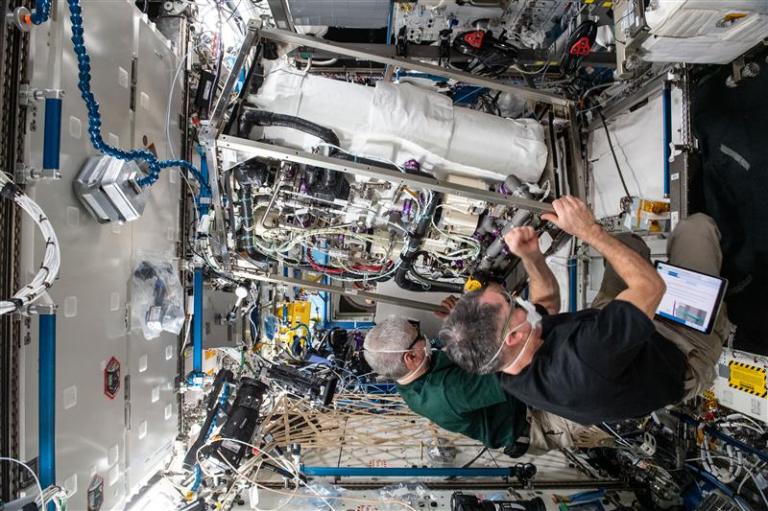
Contents
Overview
Environmental Control and Life Support System
ECLSS is a life support system that provides or controls atmospheric pressure, fire detection and suppression, oxygen levels, proper ventilation, waste management and water supply. ECLSS includes three key components — the Water Recovery System, the Air Revitalization System and the Oxygen Generation System. These systems were jointly designed and tested by NASA’s Marshall Space Flight Center and industry partners.
The Water Recovery System
The Water Recovery System provides clean water by reclaiming wastewater (including water from crew members’ urine), cabin humidity condensate, and water from the hydration system inside crew members’ Extra Vehicular Activity suits. The recovered water must meet stringent purity standards before it can be used to support crew, extravehicular and payload activities.
Water produced by the urine processor is combined with all other waste waters and delivered to the water processor for treatment. The water processor sends the water through a series of multi-filtration beds and a catalytic oxidizer for purification. The water purity is checked by electrical conductivity sensors in the systems. Unacceptable water is reprocessed, and clean water is sent to a storage tank, ready for the crew to use. Currently, the Water Recovery System can recover and recycle about 90 percent of the
water on station.
The Air Revitalization System
The Air Revitalization System is dedicated to cleaning the circulating cabin air. This involves removing trace contaminants produced by electronics, plastics and human off-gassing, including carbon dioxide exhaled by the crew during normal respiration. Trace contaminants are removed by flowing cabin air through three separate units including an activated charcoal bed, a catalytic oxidizer and a lithium hydroxide bed. Carbon dioxide is removed using molecular sieves, materials that separate and capture gases based on their size.
The Oxygen Generation System
The Oxygen Generation System produces oxygen for the crew to breathe. The system consists of the oxygen generation assembly and the carbon dioxide reduction assembly. The oxygen generation assembly is composed of the cell stack, which electrolyzes, or breaks apart, water provided by the Water Recovery System, yielding oxygen and hydrogen as byproducts. The oxygen is delivered to the cabin atmosphere while the hydrogen is either vented into space or fed to the carbon dioxide reduction assembly. The assembly uses that hydrogen along with carbon dioxide exhaled by the crew in a Sabatier reactor. The byproducts of that process are methane (which is released into space) and water for
use by the crew.
Do Business with Us
MSFC Partnerships Office
Nick Case
nicholas.l.case@nasa.gov
256.544.8789









